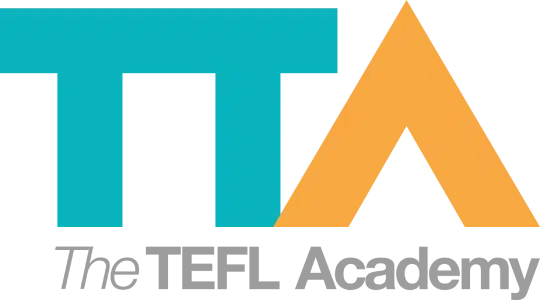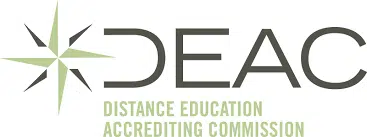Alternative Ways To Incorporate Art Into The TEFL Classroom
Join a global community of over 200,000 TEFL teachers working throughout the world! Enrol me!
Most TEFL classrooms make use of a coursebook – New English File, Total English, Horizons – but sometimes the coursebook is not always suitable for our EFL classes. The topics can be outdated, the units can be irrelevant to our students, and sometimes our students just may not be interested in what the coursebook has to offer.
This can be a problem considering the lengthy turnaround times of coursebooks being published – meaning our coursebooks can’t be as up-to-date as we’d like them to be – as well as the fact that coursebooks are often aimed at a very general audience and so are written based on generalisations and assumptions. Of course we don’t recommend throwing your coursebook completely out of the window, but there are ways in which you can make your lessons more applicable to your students, without the help of your coursebook.
One such topic which comes up quite regularly in coursebooks is that of art. While some EFL classes may be quite happy discussing the classic artists and art techniques (as coursebooks invariably do), there is definitely room for manoeuvring with this topic which can make it a lot more exciting for your students. An easy way to up the wow factor in a lesson relating to art is to step out of the classroom and discuss real-world art.
This can be done by contacting a local art school and arranging an outing with your class. Art schools usually offer classes on drawing, photography, painting and sculpture (among other disciplines) and they will be able to give your students a tour of their facilities and an explanation of their classes. This will allow the students to see work in progress and artists in action. If possible, they may be able to interview artists.
Generally speaking, art schools offer a range of art classes so it will be possible for you to pick and choose which aspect of art you would like to tackle with your students. Or perhaps you could let them decide. If you have a group of younger students, you may find they would rather talk about the more alternative side of art than the more classical aspects. A more current way to approach the topic is to look at it from a less traditional, more modern method of creating art: graffiti.
Graffiti is a relatively new art form. Though it has been around for ages, for most of its history it has been seen as a public nuisance and a way of ruining public spaces. Only recently have people started to appreciate the skill and talent that is evident in the work of street artists. Their work is even known to be controversial or interesting as they act as social commentaries on difficult issues.
If you are in an urban area, chances are there is some graffiti near the school that you can take the students to in order to stimulate a discussion. If there is no graffiti in your surrounding areas, contact local art galleries to find out if they have any exhibitions relating to graffiti. If all else fails, find examples of famous graffiti online and show them to your students. Graffiti is a great conversation starter and you should find your students enjoy dealing with more contemporary art.
It would be a shame to leave art out of your EFL classroom completely just because you feel it does not relate well to your students. Rather find an alternative way of incorporating art into your lessons which will be more appropriate, relevant and interesting to your students.
Accreditation Partners
The TEFL Academy was the world’s first TEFL course provider to receive official recognition from government regulated awarding bodies in both the USA and UK. This means when you graduate you’ll hold a globally recognised Level 3 (120hr) Certificate or Level 5 (168hr) Diploma, meaning you can find work anywhere and apply for jobs immediately.
 United States
US
United States
US












